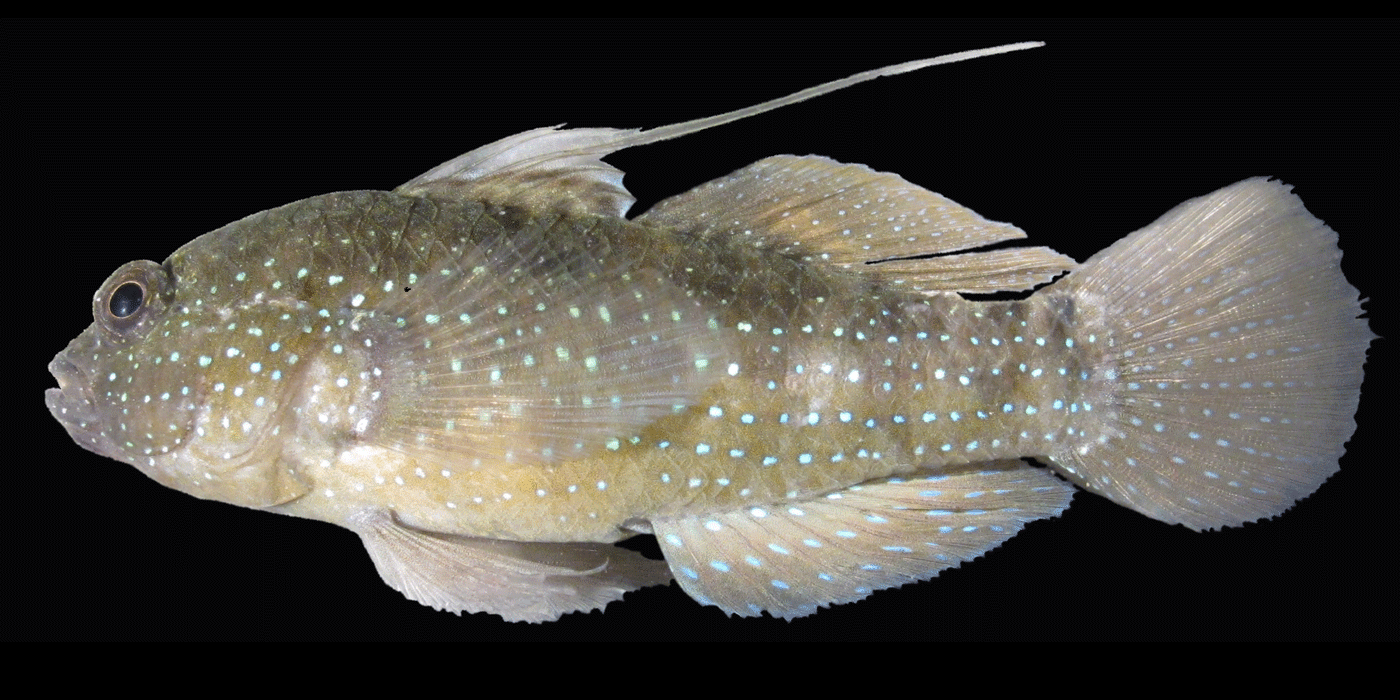Fish Stem Cell Cryopreservation
Scientists at the Smithsonian Conservation Biology Institute's Center for Species Survival (CSS) work with researchers at the Smithsonian's National Museum of Natural History (NMNH) to pioneer new methods of fish specimen collection, cryopreservation and banking.
With global biodiversity rapidly declining, the need to preserve and conserve biological specimens is crucial. The Smithsonian Institution has been at the forefront of biological specimen preservation since its inception, and the specimens that the Smithsonian houses continue to become increasingly valuable. As technology advances, the way specimens are collected and kept is improving.
Cryopreservation techniques have long been used in agriculture and conservation. Proper freezing of cells can generate a bank of genetic material that can remain viable for hundreds or even thousands of years in the future, with the potential not just to act as reference specimens, but the capacity to regenerate live individuals of a species. While classic cryopreservation methods result in frozen sperm, which would need a fresh egg or frozen embryos--which poses challenges for proper freezing--new technology allows for the production of viable offspring from spermatogonial stem cells of fish. These cells can be grown into both sperm and eggs and then fertilized and grown in a surrogate mother, theoretically leading to the regeneration of even an extinct species in the future.
With this in mind, Mary Hagedorn (CSS) and Lynne Parenti (NMNH) set out to develop cryopreservation techniques for spermatogonial stem cells, potentially changing the way specimen collections are created and maintained in the future. To develop these techniques the team used two fish species, the zebrafish (Danio rerio), a freshwater species that is a key model species in human health research, and the starry goby (Asterropteryx semipunctata), a small reef fish that constitutes an overwhelming abundance and biomass of the fish communities in estuaries, mangroves, and coral reef habitats. Testicular stem cells were frozen for each species, making them possibly the first fish species to have frozen stem cells in a natural history museum.
This work is part of the Pan-Smithsonian Cryo-Initiative (PSCI), a broad initiative to oversee all of the Smithsonian Insititution’s frozen collections. In addition, this work was inspired by the launching of the Tennenbaum Marine Observatories Network and Marine GEO, a Smithsonian-led global monitoring and collection program for marine ecosystems. The standardized field-based method developed through this work will ensure that these programs have living archives that will be accessible for decades or more.













